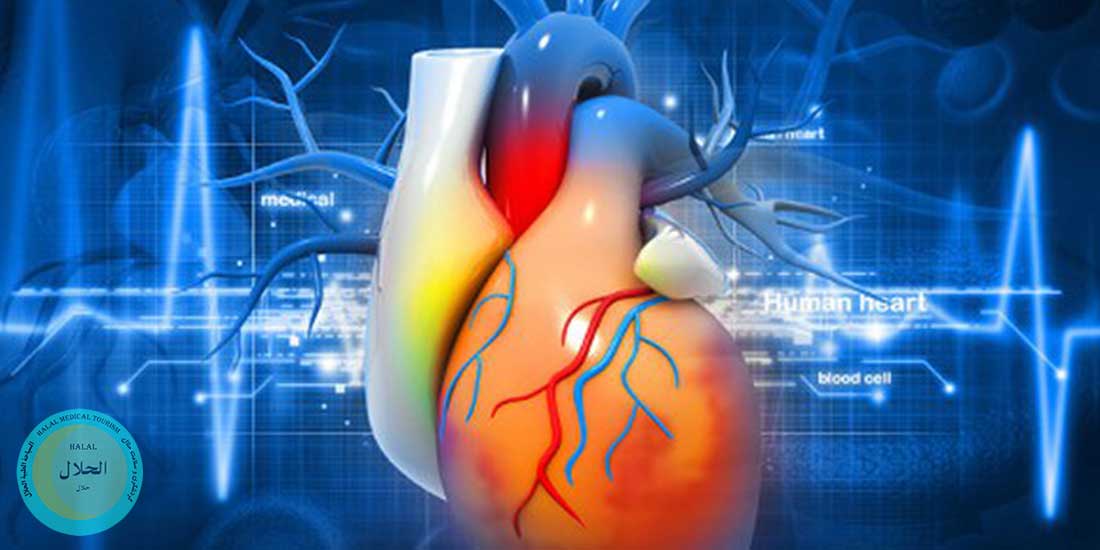“Open heart surgery” is a general term used to describe surgical procedures that involve opening the chest to access and work on the heart. It encompasses a variety of cardiac surgical procedures, and it is often used interchangeably with “cardiac surgery.” Here are some common types of open heart surgery:
- Coronary Artery Bypass Grafting (CABG): As mentioned earlier, CABG involves creating bypasses around blocked or narrowed coronary arteries to improve blood flow to the heart muscle. This is a common procedure for treating coronary artery disease.
- Valve Replacement or Repair: This surgery involves repairing or replacing heart valves that are damaged or diseased. Valves can be replaced with mechanical or biological (tissue) valves, and the surgery can be done through traditional open-heart methods or minimally invasive techniques.
- Aneurysm Repair: In cases where there is a bulging or weakened area (aneurysm) in the aorta or other major blood vessels, surgery may be performed to repair or replace the affected portion.
- Congenital Heart Defect Repair: Some individuals are born with structural heart abnormalities. Open heart surgery may be required to correct congenital heart defects, such as atrial septal defects, ventricular septal defects, or Tetralogy of Fallot.
- Heart Transplant: In cases of severe heart failure, a heart transplant may be recommended. This involves removing the diseased heart and replacing it with a healthy donor heart.
The term “open heart surgery” specifically refers to the surgical approach of opening the chest, typically through a sternotomy (cutting through the breastbone), to access the heart. In some cases, minimally invasive techniques, such as small incisions between the ribs, may be used for certain procedures.
Recovery from open heart surgery varies depending on the specific procedure and the individual’s overall health. Patients typically spend time in the hospital for postoperative care, and the recovery process may involve rehabilitation, medication management, and lifestyle adjustments.
As with any surgical procedure, open heart surgery carries risks, and the decision to undergo such a procedure is made in collaboration with a cardiovascular surgeon and the patient’s healthcare team. Advances in medical technology and surgical techniques have led to improved outcomes and reduced recovery times for many patients undergoing open heart surgery.

